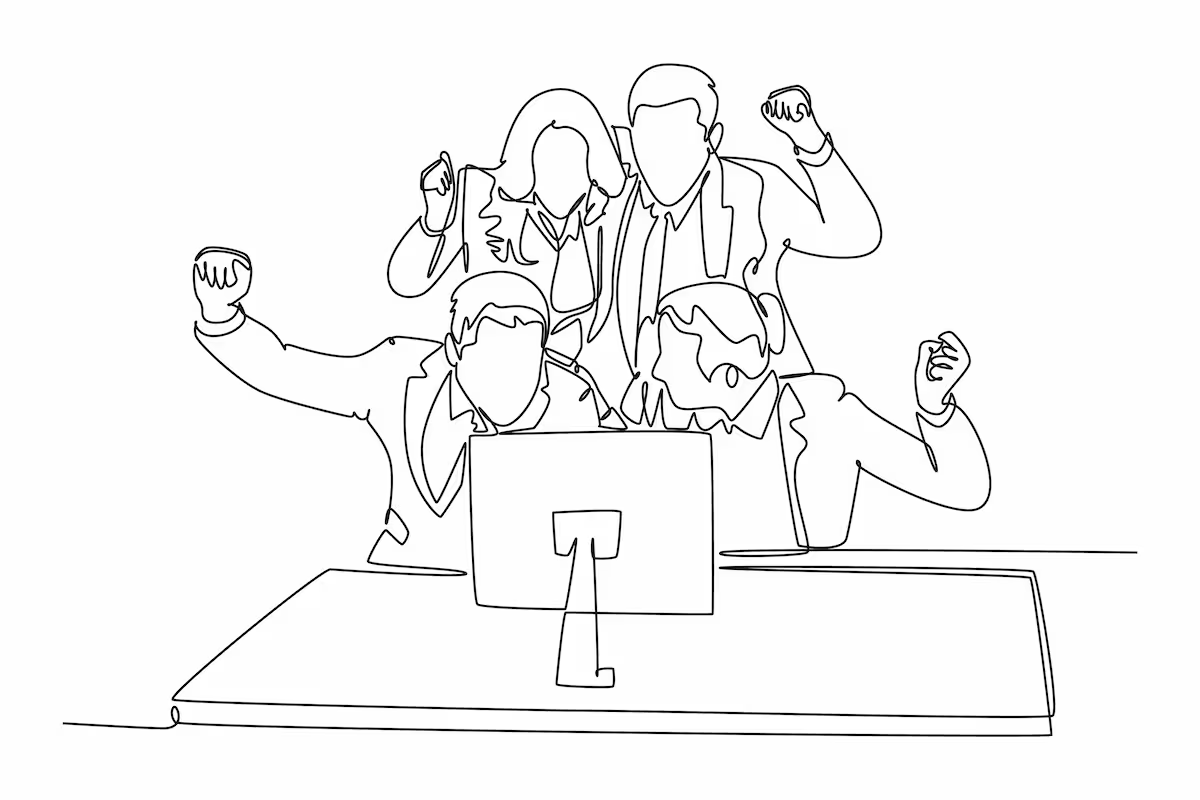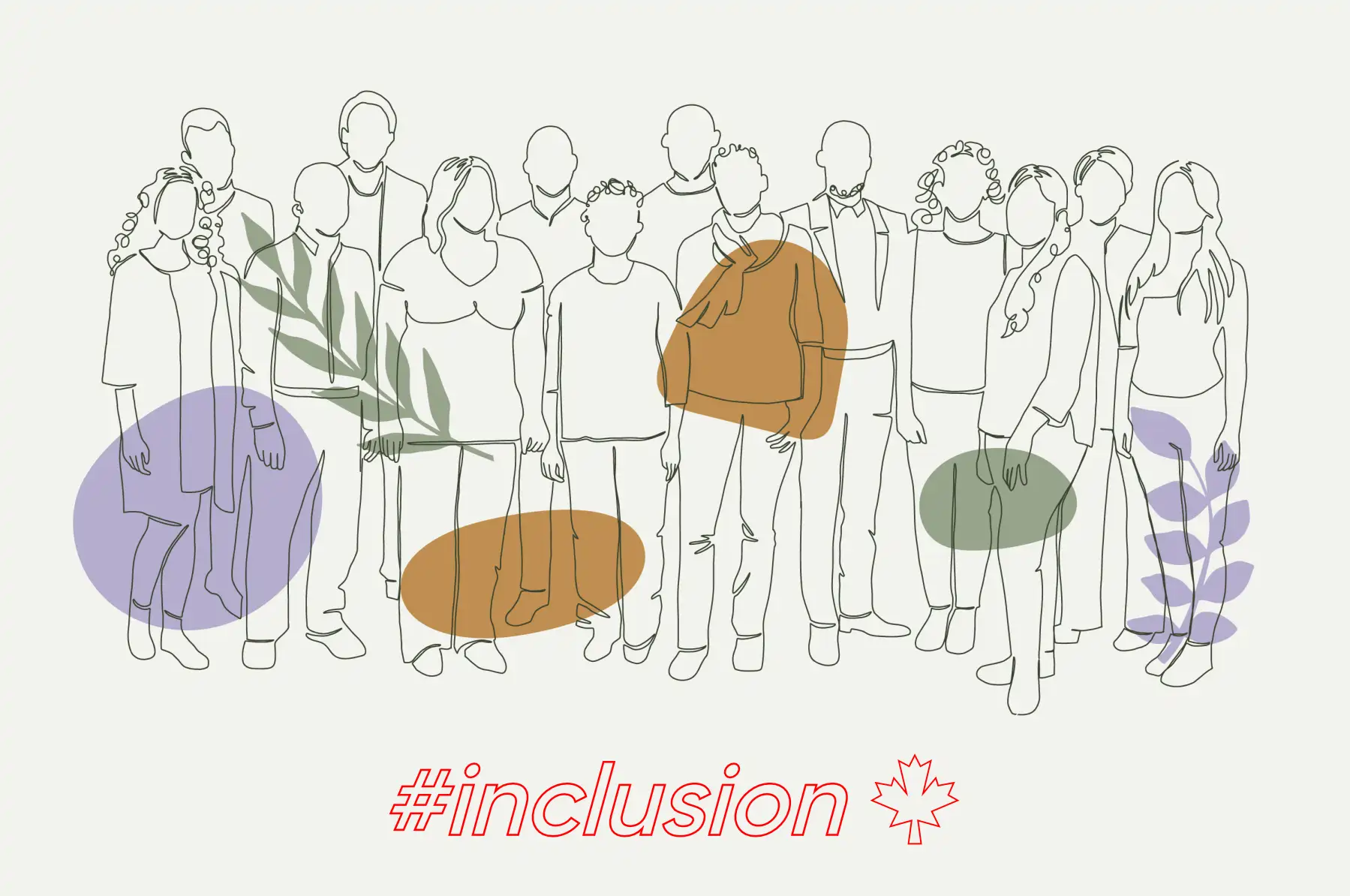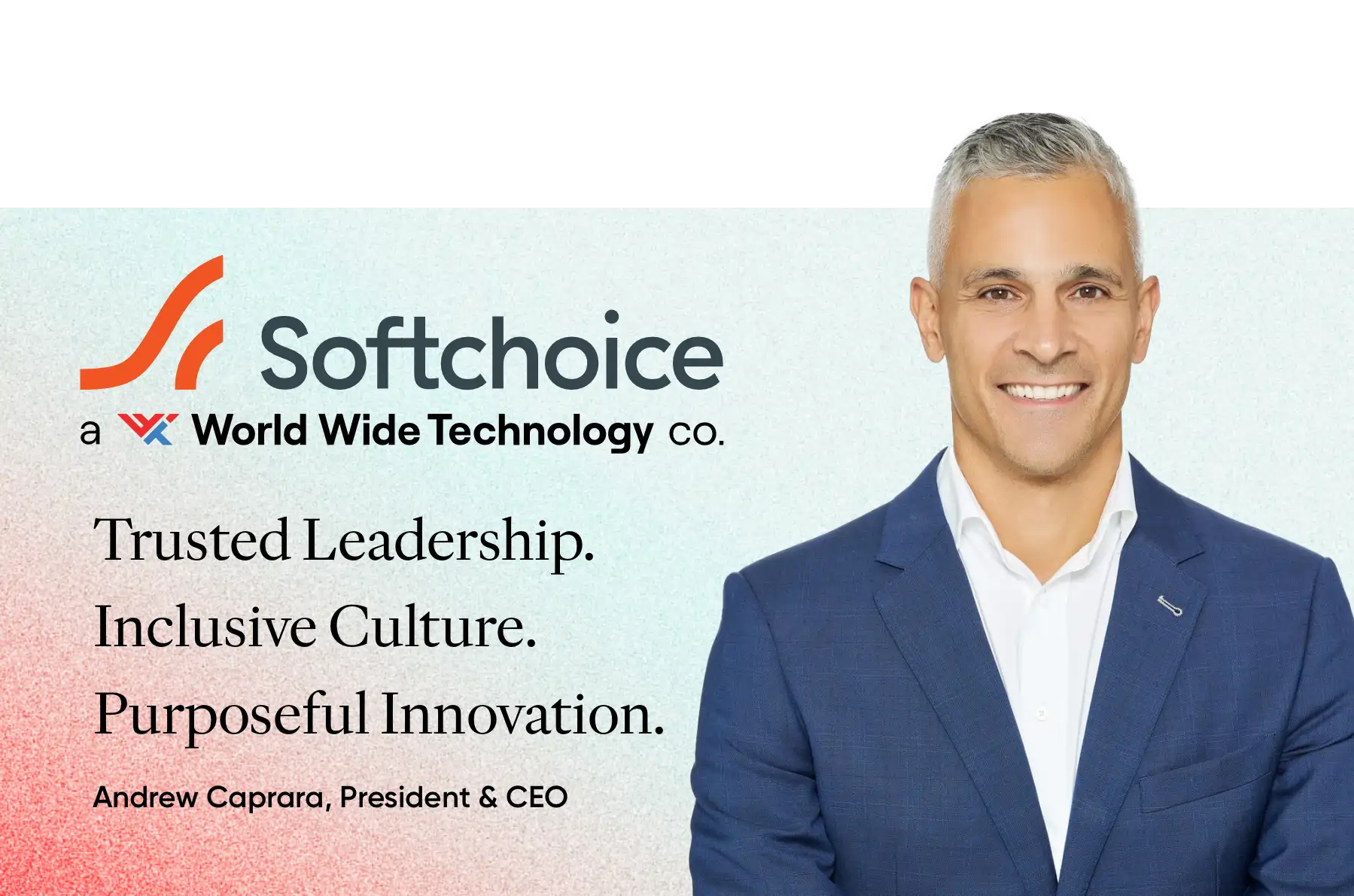
Key Takeaways:
- 95% of employees at inclusive workplaces say they’re treated fairly—regardless of age, race, gender, or orientation.
- Shifting from culture fit to culture add helps reduce bias in hiring and supports more innovative, diverse teams.
- Inclusive hiring practices like competency-based interviews and diverse interview panels can improve retention and decision-making.
- Organizations embracing culture add report 5.4x higher employee retention and stronger alignment with diverse customer bases.
The traditional hiring practice of prioritizing "culture fit" has long been a cornerstone of recruitment, aiming to select candidates who align seamlessly with an organization’s existing values and norms. However, this approach may foster homogeneity, limit innovation, and close opportunities for diversity.
In Canada, a nation celebrated for its multiculturalism, adopting a culture add mindset – hiring individuals who bring unique perspectives, skills, and experiences to enhance the workplace – may offer a more inclusive alternative. By focusing on culture add, organizations can create diverse, innovative, and unique workplaces that reflect the rich diversity around us.
The Pitfalls of Culture Fit
Hiring for "culture fit vs culture add" often emphasizes subjective criteria, such as whether a candidate feels right or fits in with the team, which can lead to unconscious bias. This approach tends to favour candidates who share similar backgrounds, communication styles, or interests, and inadvertently sidelines those who differ in race, gender, socioeconomic status, or life experiences.
According to Statistics Canada’s 2021 Census, over 22% of Canadians identify as visible minorities, yet a 2019 study by the Canadian Centre for Diversity and Inclusion (CCDI) found that 60% of employers prioritized candidates who matched existing team dynamics, often excluding underrepresented groups like Indigenous peoples, Black Canadians, and newcomers.
Not only is hiring for fit exclusionary, this focus on conformity may also stifle innovation. Diverse teams are more likely to challenge assumptions, spark fresh ideas, and build creative solutions. When people feel included, they speak up—and that’s where innovation begins. If you want to unlock new ideas, generate creative solutions and improve performance, culture add is where it’s at!

The Power of Culture Add
Fostering Diversity
A culture add approach actively seeks candidates from all different kinds of backgrounds and emphasizes skills and experiences that address organizational gaps. This includes people from underrepresented groups, recognizing their unique contributions, and it also includes people with different perspectives and lived experiences. Organizations that effectively prioritize diversity in hiring enable the potential to infuse vibrant and interesting ideas into everything they do. This builds trust within the workplace so that teams may experience the true value of diversity and feel confident sharing their ideas and perspectives.
Driving Innovation
Hiring for culture add is also a direct driver of innovation as it allows more interesting ideas to surface and it enhances decision making. Diverse teams bring varied viewpoints that spark creativity and challenge conventional thinking. The more diverse the team is, along many dimensions (culture, ethnicity, gender, sexuality, age, experience level, educational background, expertise, etc.), the more likely it is to draw inspiration from seemingly unrelated places. These idea combinations lead to more unlikely – and more innovative – ideas.
Culture add also enhances decision making by introducing perspectives that challenge groupthink, which leads to more robust decisions. Sharing diverse experiences encourages teams to consider a wider range of factors, anticipate blind spots, and evaluate risks more effectively. Diverse perspectives also improve strategic decisions by incorporating insights from varied cultural, socioeconomic, or professional backgrounds. In Canada, this is particularly relevant given the country’s diverse population, where culture add candidates can offer insights into behaviours across communities, leading to more inclusive and effective business strategies.
Culture Add Insights from Great Place To Work®
Research has shown many benefits of a diverse and inclusive workplace:
- Higher Revenue Growth
- Greater Readiness to Innovate
- Increased ability to recruit a diverse talent pool
- 5.4 times higher employee retention
At the Best Workplaces™ for Inclusion
- 95% of their employees say that are treated fairly regardless of their age, race, gender, or sexual orientation.
- 89% say they can be themselves at work.
- 83% say people are encouraged to try new and better ways of doing things regardless of the outcome.

Inclusive Hiring Practices for Culture Add
Transitioning to culture add recruitment to increase diversity in hiring requires practices that prioritize unique contributions. Here are key strategies to accomplish this:
- Define Specific Contributions: Clearly articulate the skills, perspectives, or experiences needed to enhance the team. For example, a job description might specify, “We seek a candidate with expertise in Indigenous community engagement to strengthen our reconciliation initiatives.” This clarity helps attract candidates who bring distinct value.
- Use Competency-Based Assessments: Replace subjective ‘fit’ evaluations with structured interviews and assessments that focus on candidates’ abilities to contribute. For instance, ask questions like, “How have you introduced a new perspective to a team?” or “What unique skills would you bring to address our current challenges?” These questions highlight a candidate’s potential culture add.
- Leverage Diverse Recruitment Channels: Use specialized job boards like BIPOC Jobs (https://bipocjobs.ca/) and Indigenous Careers (https://www.indigenouscareers.org/) and leverage your ERGs to reach diverse talent pools. This ensures culture add candidates from underrepresented groups have access to opportunities.
- Involve Diverse Interview Panels: Include interviewers from varied backgrounds to assess candidates’ potential contributions from multiple perspectives. This reduces bias and ensures a broader evaluation of culture add.
- Assess for Growth Potential: Look for candidates who can fill gaps in the organization’s culture or capabilities. For example, a tech company might prioritize a candidate with experience in accessibility design to enhance product inclusivity, adding a new dimension to the team.
- Train Recruiters on Bias: Equip hiring managers with training to recognize and mitigate unconscious bias. Provide education on diverse cultural landscapes including Indigenous histories, immigrant experiences, and systemic barriers faced by marginalized groups. Consider AI tools to anonymize applications or flag biased language in job postings.
- Foster Inclusive Leadership: Train leaders to value culture add contributions and create environments where diverse perspectives thrive. Reframe talent pipelines and career paths with a culture add lens to ensure a wide pool of potential candidates are considered for career change and advancement opportunities.
In Canada’s diverse society, hiring for culture fit vs culture add may limit innovation and potentially perpetuate exclusion. Adopting a culture add mindset may be a tool to help organizations build workplaces that reflect the nation’s multiculturalism, drive creativity, and promote equity. This shift, like any, may invoke some pushback from people who don’t fully appreciate how diversity directly impacts idea generation, innovation and ultimately performance. As businesses navigate a globalized economy, hiring for culture add may become a strategic imperative.
Get Certified
Want to know how your people feel about your workplace culture during times of change? Get Certified today and learn the answer to this question and gain many more insights along the way.
Frequently Asked Questions:
What is the difference between culture fit and culture add?
Culture fit hires people who align with existing norms, while culture add focuses on individuals who bring new, diverse perspectives to strengthen the team.
Why is hiring for culture fit considered limiting?
It can unintentionally reinforce bias and lead to homogeneity, reducing innovation and excluding underrepresented groups.
How does hiring for culture add benefit innovation?
Diverse teams challenge groupthink, offer fresh ideas, and make better decisions by drawing from a wider range of experiences.
What are some practical ways to implement culture add hiring?
Use structured interviews, job boards focused on underrepresented groups, diverse panels, and bias-awareness training for hiring teams.






